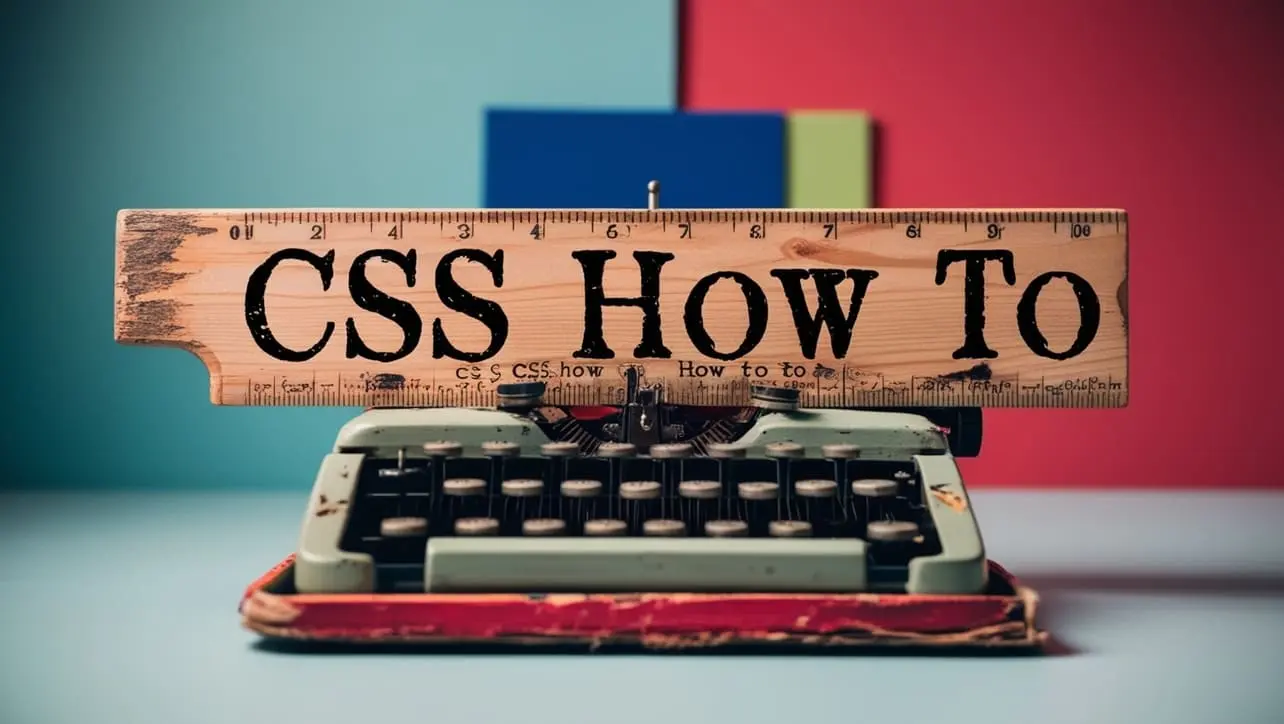
CSS Topics
- CSS Intro
- CSS How To
- CSS Editors
- CSS Properties
- CSS Selectors
- .class
- .class1.class2
- .class1 .class2
- #id
- * (all)
- element
- element.class
- element,element
- element element
- element>element
- element+element
- element1~element2
- [attribute]
- [attribute=value]
- [attribute~=value]
- [attribute|=value]
- [attribute^=value]
- [attribute$=value]
- [attribute*=value]
- :active
- ::after
- ::before
- :checked
- :default
- :disabled
- :empty
- :enabled
- :first-child
- ::first-letter
- ::first-line
- :first-of-type
- :focus
- :fullscreen
- :has()
- :hover
- :in-range
- :indeterminate
- :invalid
- :lang()
- :last-child
- :last-of-type
- :link
- ::marker
- :not()
- :nth-child()
- :nth-last-child()
- :nth-last-of-type()
- :nth-of-type()
- :only-of-type
- :only-child
- :optional
- :out-of-range
- ::placeholder
- :read-only
- :read-write
- :required
- :root
- ::selection
- :target
- :valid
- :visited
- CSS Comments
- CSS Length
- CSS Image Sprites
- CSS Grid Layout
- CSS Grid Flexbox
- CSS @charset Rule
- CSS @font-face Rule
- CSS @import Rule
- CSS @keyframes Rule
- CSS @media Rule
CSS :default Selector

Photo Credit to CodeToFun
🙋 Introduction
The :default selector in CSS is a pseudo-class used to target the default form element in a group of similar form elements.
It applies specifically to form controls that are pre-selected or set as the default option when the page loads, such as the default radio button in a group or the default option in a dropdown menu.
💡 Syntax
The signature of the :default Selector is as follows:
:default {
/* CSS properties */
}The :default pseudo-class can be applied to elements like radio buttons, checkboxes, and options within a <select> element that are marked as the default.
📝 Example
Here is an example of how to use the :default selector in CSS:
☠️ HTML
<!DOCTYPE html>
<html lang="en">
<head>
<meta charset="UTF-8">
<meta name="viewport" content="width=device-width, initial-scale=1.0">
<title>CSS :default Selector Example</title>
<link rel="stylesheet" href="styles.css">
</head>
<body>
<form>
<p>Choose your preferred contact method:</p>
<input type="radio" id="email" name="contact" value="email" checked>
<label for="email">Email</label>
<input type="radio" id="phone" name="contact" value="phone">
<label for="phone">Phone</label>
<p>Select a country:</p>
<select>
<option value="us" selected>United States</option>
<option value="uk">United Kingdom</option>
<option value="in">India</option>
</select>
</form>
</body>
</html>🎨 CSS
/* Style for the default radio button or select option */
:default {
border: 2px solid blue;
background-color: #e0f0ff;
}In this example:
- The radio button labeled "Email" is marked as the default and receives a blue border and a light blue background.
- The "United States" option in the dropdown is also the default and gets the same styles.
💬 Usage Tips
- The
:defaultpseudo-class is particularly useful when you want to highlight the default choice in a group of options or inputs. - You can use
:defaultin combination with other pseudo-classes or selectors to fine-tune the styling of default elements, such asinput:defaultoroption:default.
⚠️ Common Pitfalls
- Not all form elements support the
:defaultpseudo-class. It is primarily useful for radio buttons, checkboxes, and options within a<select>element. - Avoid confusing
:defaultwith thecheckedorselectedattributes, which reflect user interaction. The:defaultselector only applies to the default state as defined in the HTML markup when the page loads.
🎉 Conclusion
The :default selector allows you to style the pre-selected form elements, making it easier for users to identify the default choices on a webpage.
By using :default, you can ensure that default options stand out visually, improving usability and making the form easier to navigate.
👨💻 Join our Community:
Author

For over eight years, I worked as a full-stack web developer. Now, I have chosen my profession as a full-time blogger at codetofun.com.
Buy me a coffee to make codetofun.com free for everyone.
Buy me a Coffee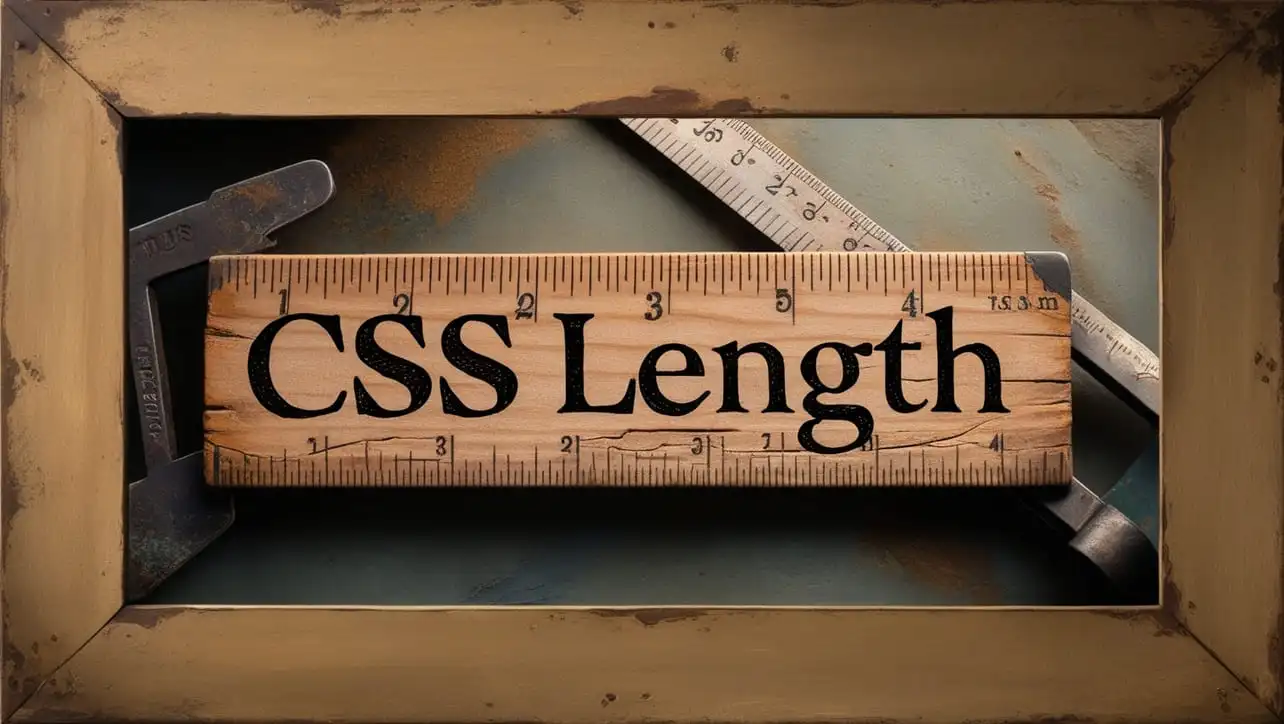
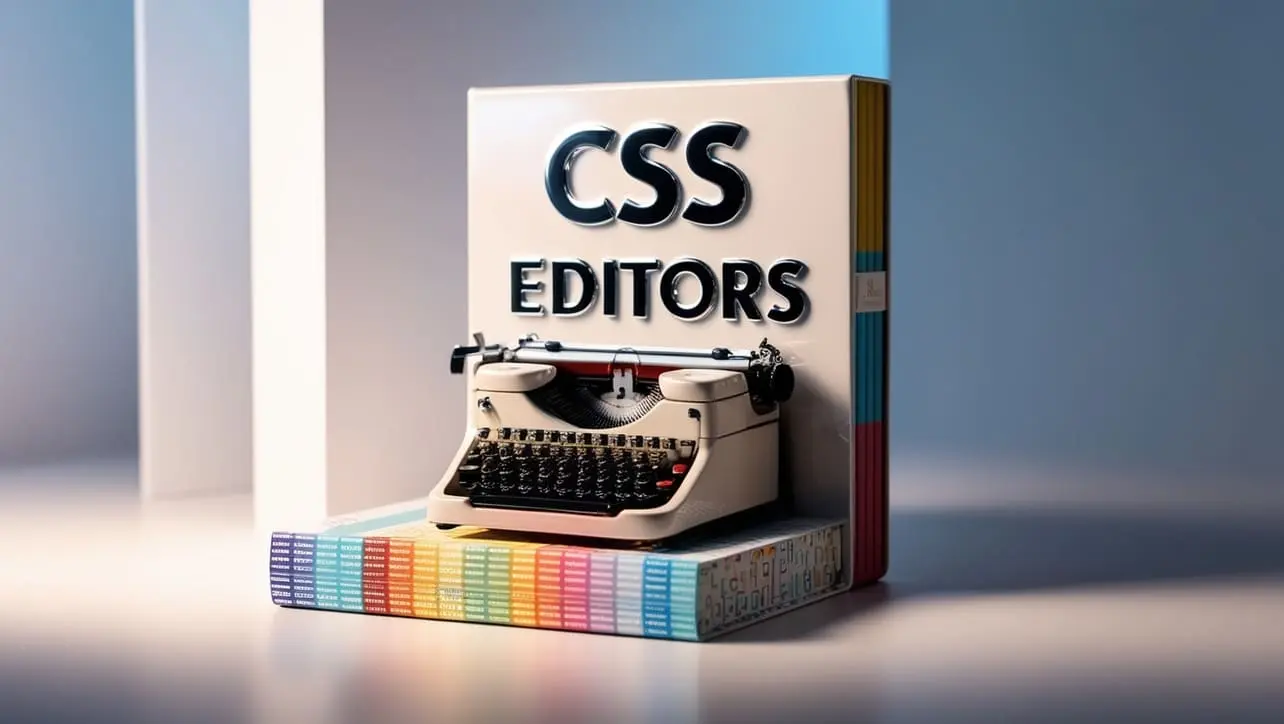


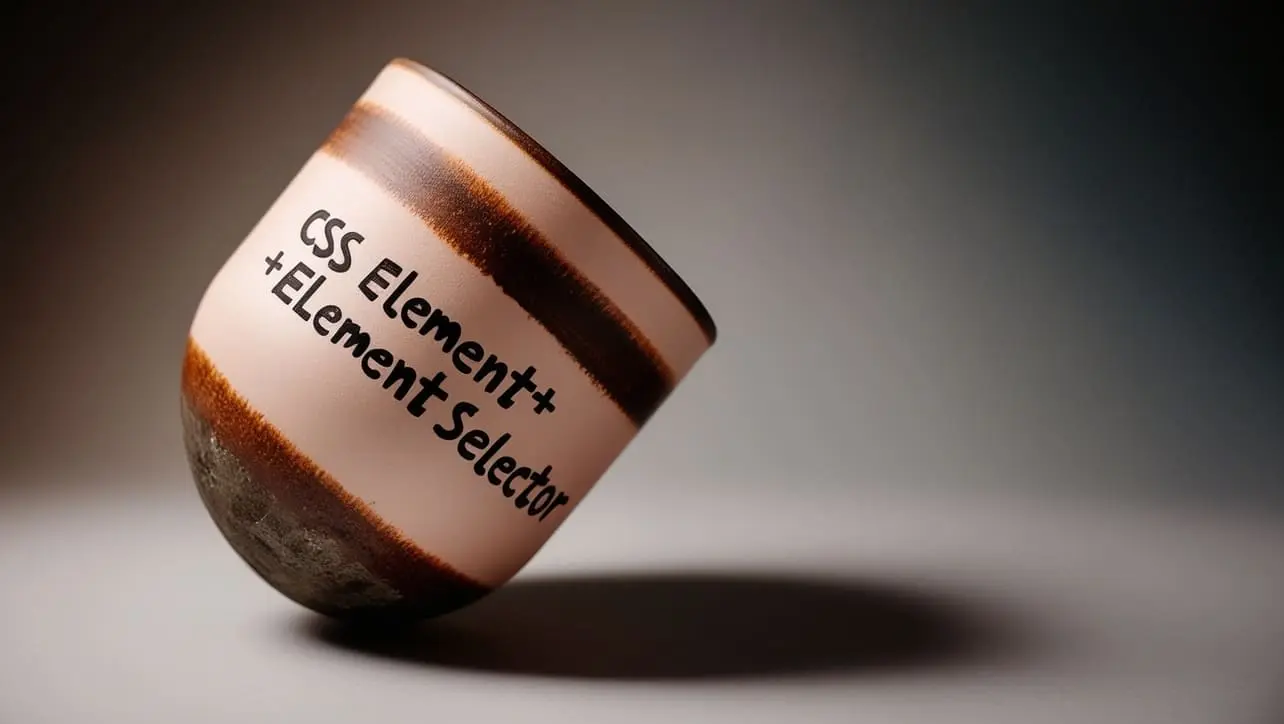
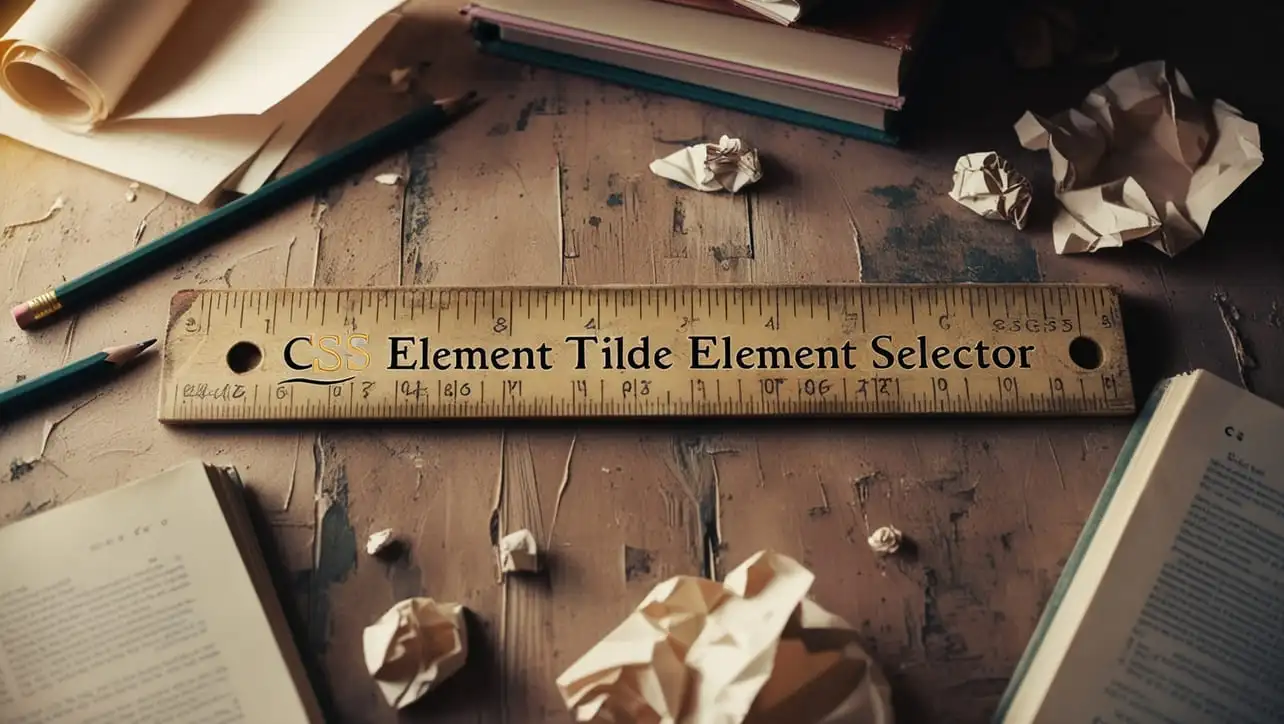
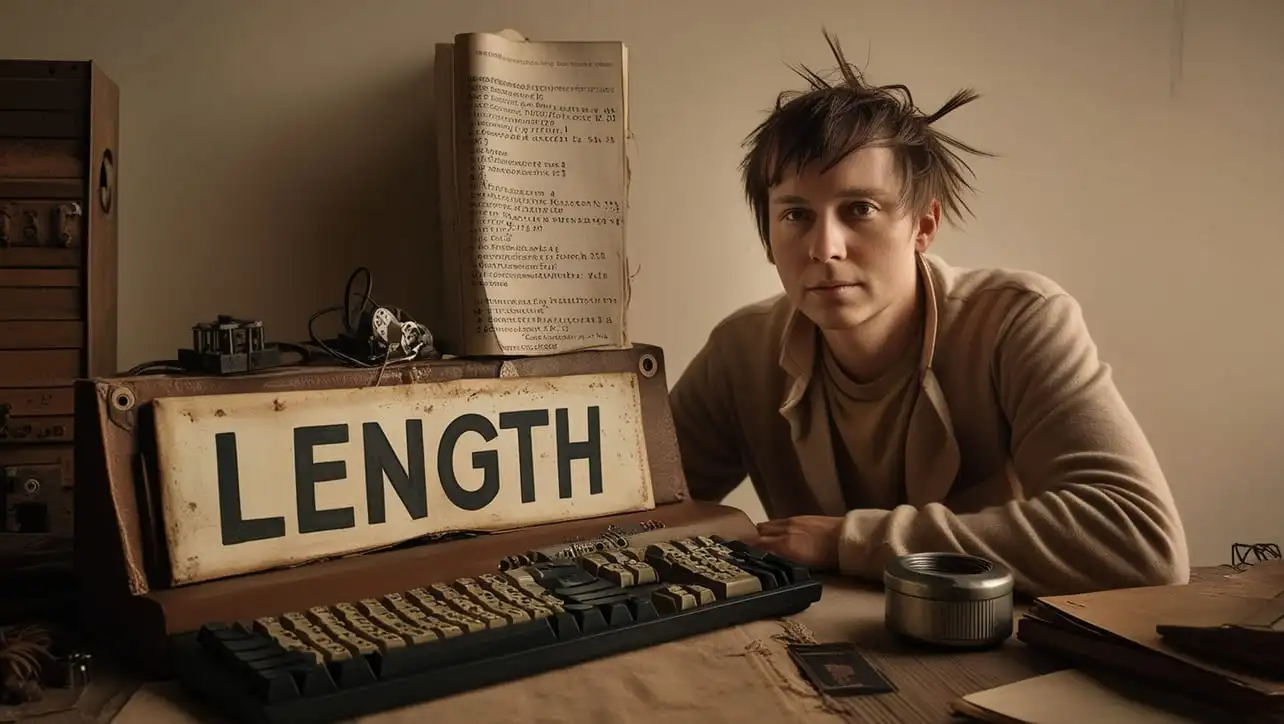






If you have any doubts regarding this article (CSS :default Selector), please comment here. I will help you immediately.